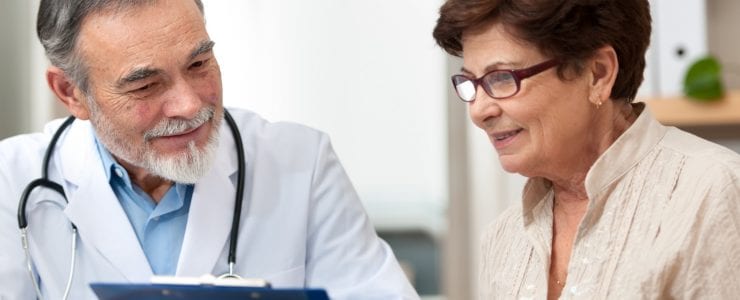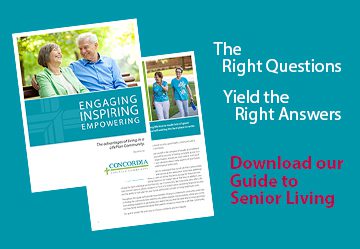
Knowing the Signs of Stroke
The Causes of Stroke
A stroke can be caused by a blocked artery, known as ischemic stroke, or the leaking or bursting of a blood vessel, which is hemorrhagic stroke. Also called a “brain attack,” a stroke occurs when blood flow to an area of the brain is suddenly cut off. This can happen to anyone, at any time. When it does, the brain cells are deprived of the oxygen that keeps them functioning. Without early intervention, these situations will interrupt the blood flow to the brain, causing brain cells to die as they are deprived of necessary oxygen and nutrients.
The factors that increase your risk for a stroke include being overweight or obese, living a sedentary lifestyle, and drinking or smoking heavily. Plus, medical conditions like diabetes, high blood pressure, or cardiovascular disease, as well as your age (if you are 55 or older) also can lead to a higher risk of stroke.
The Centers for Disease Control and Prevention (CDC) report that more than 795,000 Americans suffer a stroke every year, and stroke is responsible for one out of every 20 deaths in the United States. In fact, stroke is the fifth leading cause of death for Americans, and is also one of the leading causes of serious long-term disability.
Warning Signs of Stroke
The damage a stroke causes to an individual is dependent upon where in the brain the stroke occurred, as well as how many brain cells were damaged. This means someone who suffers a small stroke may only suffer temporary problems, like weakness in the arms and legs. However, someone who had a larger stroke could become permanently paralyzed on one side of the body or lose the ability to speak. This is why it’s vital to recognize the signs of stroke, so medical care can be administered as soon as possible.
The American Stroke Association recommends using the acronym F.A.S.T. to recognize some of the most common and sudden stroke symptoms. Being able to spot the signs will allow you to contact 911 immediately so proper treatment can begin.
F.A.S.T. stands for:
F – Face drooping. Ask the individual to smile and take note if one side of his or her face droops or appears uneven.
A – Arms. Have the individual raise both arms. Does one arm appear weak and drift down? Is one arm numb?
S – Speech. Tell the individual to repeat an easy sentence, such as “The sky is blue” or “Mary had a little lamb.” Note if his or her speech is slurred or if repeating the sentence is too difficult.
T – Time to call 911. If any of the above stroke symptoms are displayed, call for help right away. Even if the symptoms appear to go away, it’s vital to get checked out. Also, make a note of the time the symptoms started, as the hospital staff will need that information.
A few other common signs of stroke include numbness or weakness in the face, arm or leg, especially on one side, trouble with communication (speaking, understanding people), difficulty seeing out of one or both eyes, dizziness, balance and coordination problems, and a severe headache that comes on suddenly.
Recovering from a Stroke
Immediately following a stroke, the survivor, his or her family and the medical team must work together to create a plan for recovery. To be as effective as possible, the plan must allow the survivor to recover at the pace that will best fit his or her abilities and needs. The average stroke recovery time for most survivors is around six months to a year if he or she is maintaining the necessary therapies.
The sooner a survivor starts stroke rehabilitation, the more likely he or she will be to regain lost abilities and skills. Rehabilitation will start in the hospital as soon as a patient is stable. When the survivor is ready to be discharged from the hospital, the medical team and family will determine the best setting to continue therapy and rehabilitation, whether that will be in a skilled nursing facility or through in-home care.
On-Site Rehabilitation Services at Concordia
Concordia offers short- and long-term rehabilitation services in our on-site health center. Enjoy specialized care through our personal nursing program, which includes physical, occupational and speech therapies to ensure the highest quality of life possible. In addition to rehabilitation services, we also offer independent living, assisted living and memory care programs. Contact Concordia to schedule a visit to see all that our beautiful community has to offer.
Health & Aging


